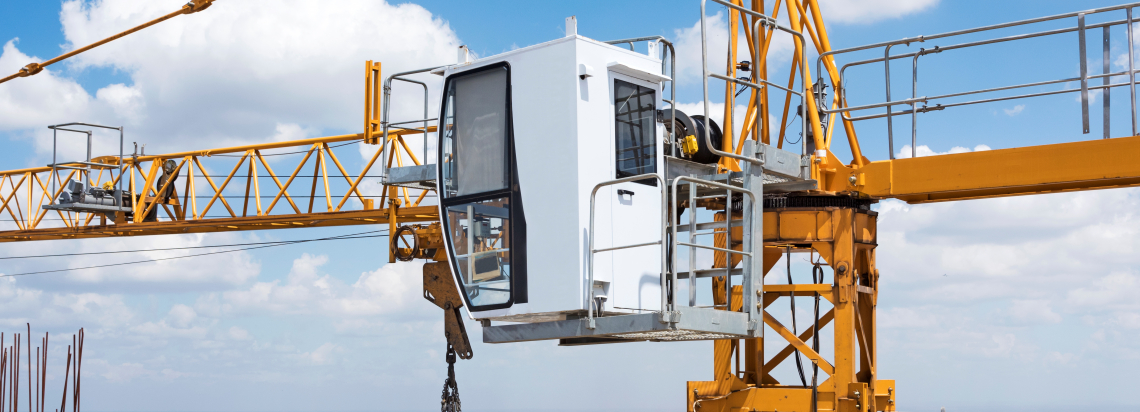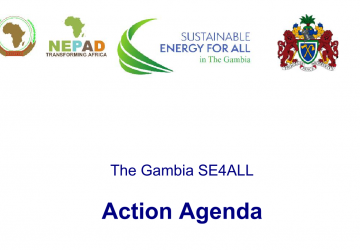 The Gambia
The Gambia
Official Name: Republic of the Gambia
Capital: Banjul
Independence Day: 18 February 1965
Currency: Dalasi (GMD)
Key Result
The GAWFA (Gambia Women’s Finance Association) project was instrumental in providing access to microcredit to 10,231 low income women in 105 communities from the North Bank region of The Gambia.
42 officials (27 women and 15 men) were trained in both R&D and Innovation data collection methodology for STI surveys in The Gambia.
The Gambia is expected to benefit from the Hydro – Sambangalou Hydropower Project with a 128 MW capacity and a 185 square kilometre reservoir (4 turbines of 32 MW each), which originally formed part of a larger Gambia River Basin Development Organisation (OMVG) Project, and entailed an interconnecting power grid with the Kaleta Dam in Guinea.
The Sambangalou Hydropower Project (DFS) is purposed at generating 128 MW of hydropower capacity, 930 km from the mouth of the Gambia River to supply Senegal, Guinea, Guinea Bissau and Gambia.
The Women’s Bureau of the Government facilitated the establishment of an agro-processing factory and procured milling machines for distribution in 28 communities across Gambia, geared at alleviating women’s workload and improving food security in the community.
The Gambia received 28 million USD from the Global Agriculture and Food Security Programme (GAFSP) to target three highly food-insecure regions via an integrated area development program that includes land and water management, horticultural gardens, aquaculture farming, and small ruminant and poultry farming.
Related
Projects




Results (2013 – 2015)
Advocacy and Strengthening of Negotiation Capacities on Post-2015 Development Agenda through the Common African Position (CAP):
• The multi-stakeholder framework of engagement specifically enhanced dialogue towards ensuring the required mass to influence the Post-2015 Global Agenda and Development Goals relevant to the Continent;
• This intervention helped strengthen country and regional level negotiating capacities for the effective incorporation and articulation of Africa’s priorities as enshrined in CAP in the final Global SDGs;
• The project enabled the participation of African stakeholders at the Means of Implementation Engagement, 3rd Financing for Development Conference and the UN General Assembly that adopted the new SDGs. This ensured the incorporation of Africa’s development priorities into the new goals through developing essential negotiation capacities;
• Through the CAP/SDGs space on the Africa Platform for Development Effectiveness (APDev), knowledge products and negotiation documents, as well as, policy briefs where successfully disseminated to the African negotiators in New York and kept the continent’s stakeholders informed of the overall process;
• Development and dissemination of post-2015 Policy Briefs on “Financing and Partnerships” and “Structural Economic Transformation and Inclusive Growth”. These are priorities outlined in the CAP and the policy briefs where utilized in the negotiation process for the African continent.
Global Partnership for Effective Development Cooperation (GPEDC):
• Africa secured the hosting of the 2nd High Level Meeting (HLM) of the Global Partnership. This was attained through robust negotiation and facilitating a common voice from Africa with regards to this critical engagement by the NEPAD Agency. The 2nd HLM will be held in Nairobi Kenya;
• The NEPAD Agency advocated for the full inclusion and participation of Africa’s Regional Economic Communities (RECs) in conducting the 2nd GP Monitoring Exercise. This was a fundamental achievement considering the RECs are the continent’s building blocks with regards to socio-economic transformation;
• The Africa Action Plan on Development Effectiveness (AAP) was granted the status of an official Global Partnership Initiative (GPI) at the Planning Meeting in Brussels. The AAP was developed by the NEPAD Agency in consultation with African multi stakeholders. This has enabled the Agency to successfully mobilize resources towards the implementation of the AAP.




A country-led national SLM coalition has been strengthened on learning, monitoring, and investment planning, and a national-level SLM platform is active. Gambia has also developed its country investment framework on SLM (GAMSIF).

At the beginning of 2014, 37 of the 42 opted-in African countries have completed a rapid assessment / gap analysis. The next step for countries is to develop a SE4LL Action Agenda and Investment Prospectus(es). To support this process, the SE4ALL Africa Hub partners have led the development of Africa Guidelines for SE4ALL national Action Agendas. The Africa Guidelines lay out principles and process for developing Action Agendas and put forward a balanced approach of centralized and decentralized solutions to achieve universal access to energy services.
Progress in Gambia:
Developed and validated of Country Action Plan and Investment Prospectus
you agree to the AUDA-NEPAD Privacy Policy.




